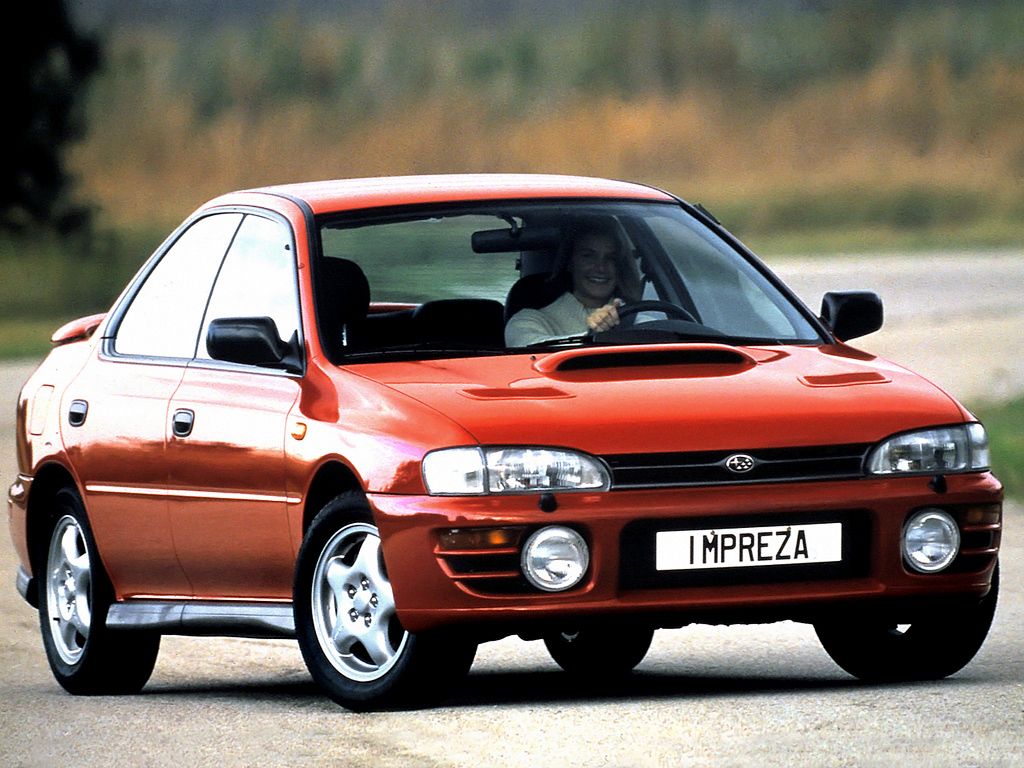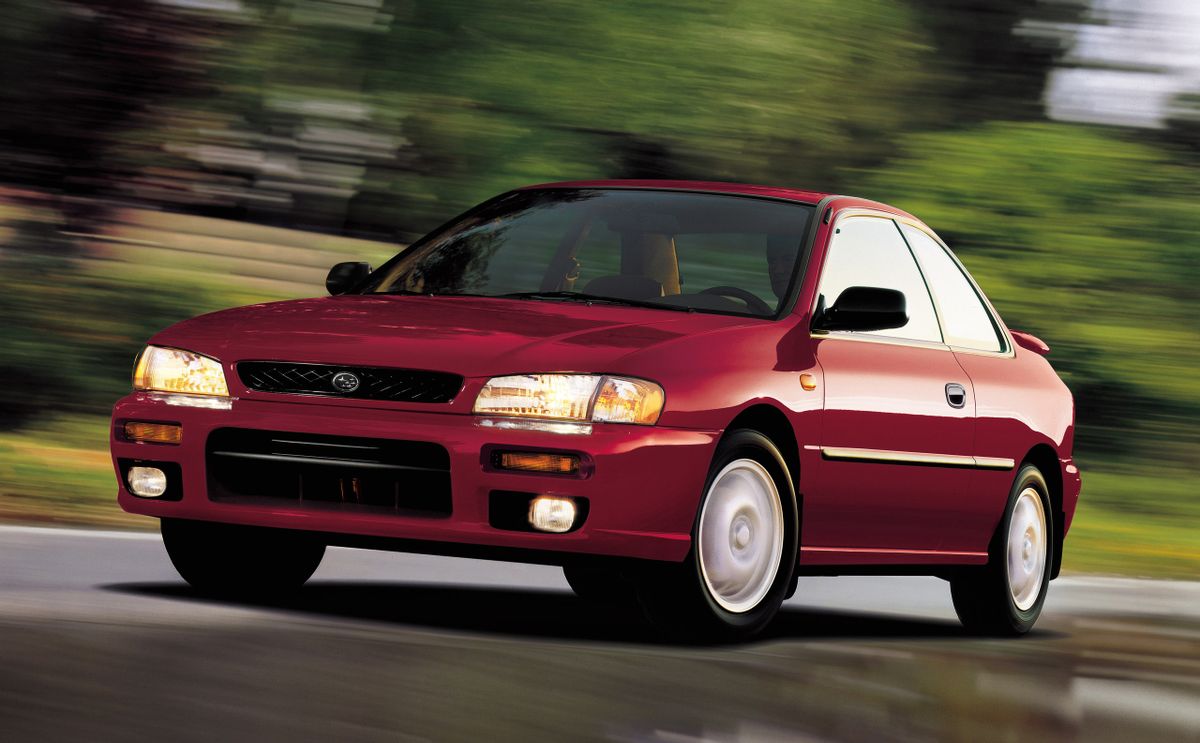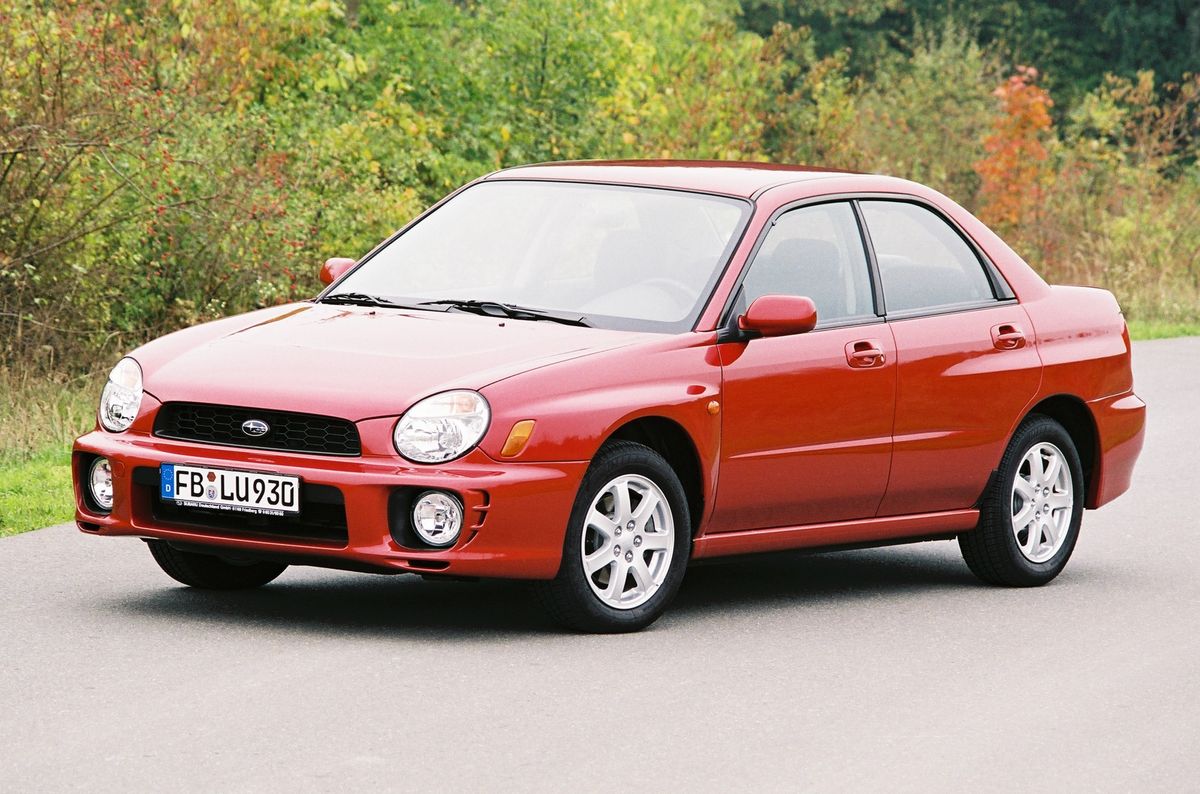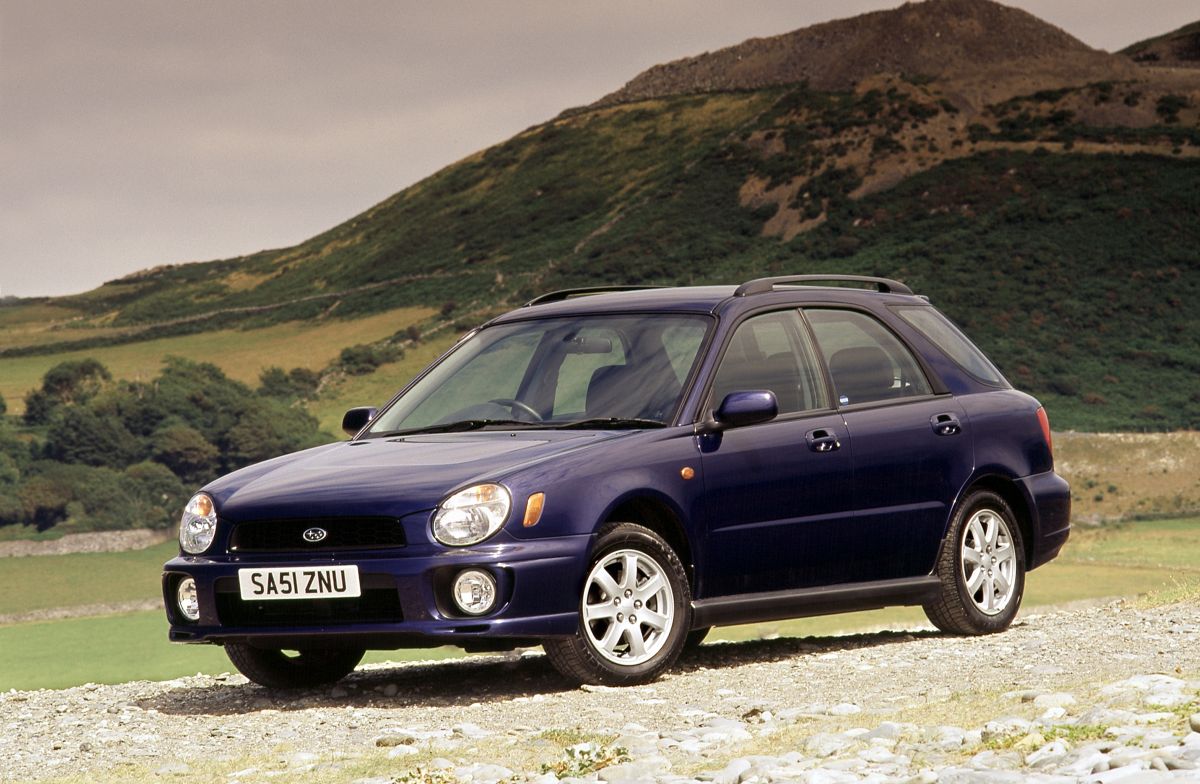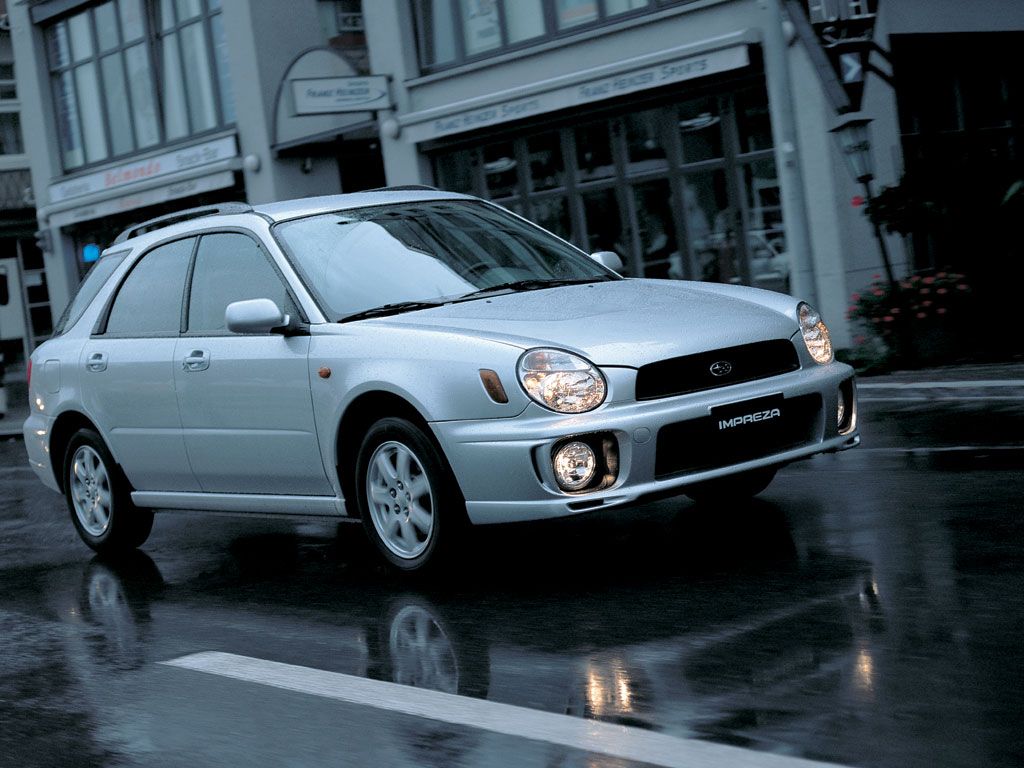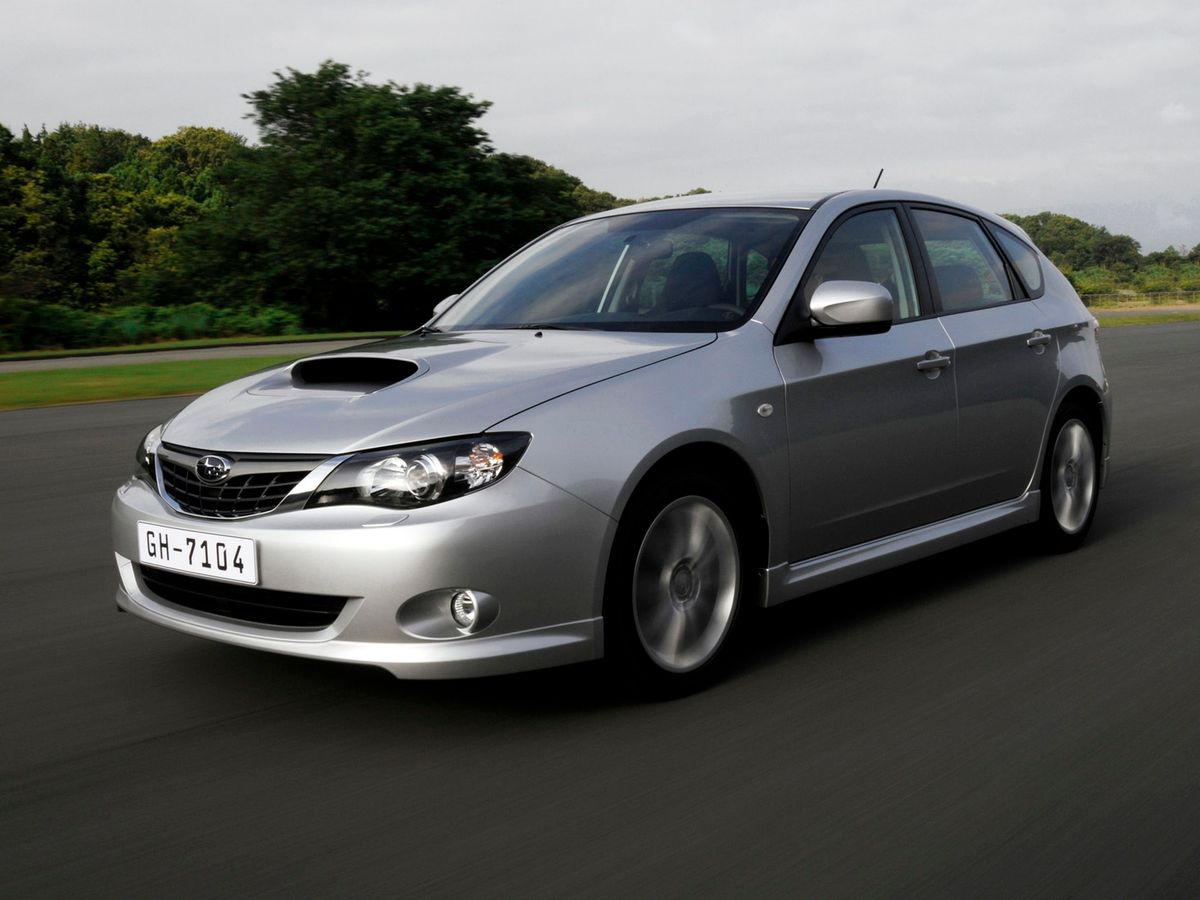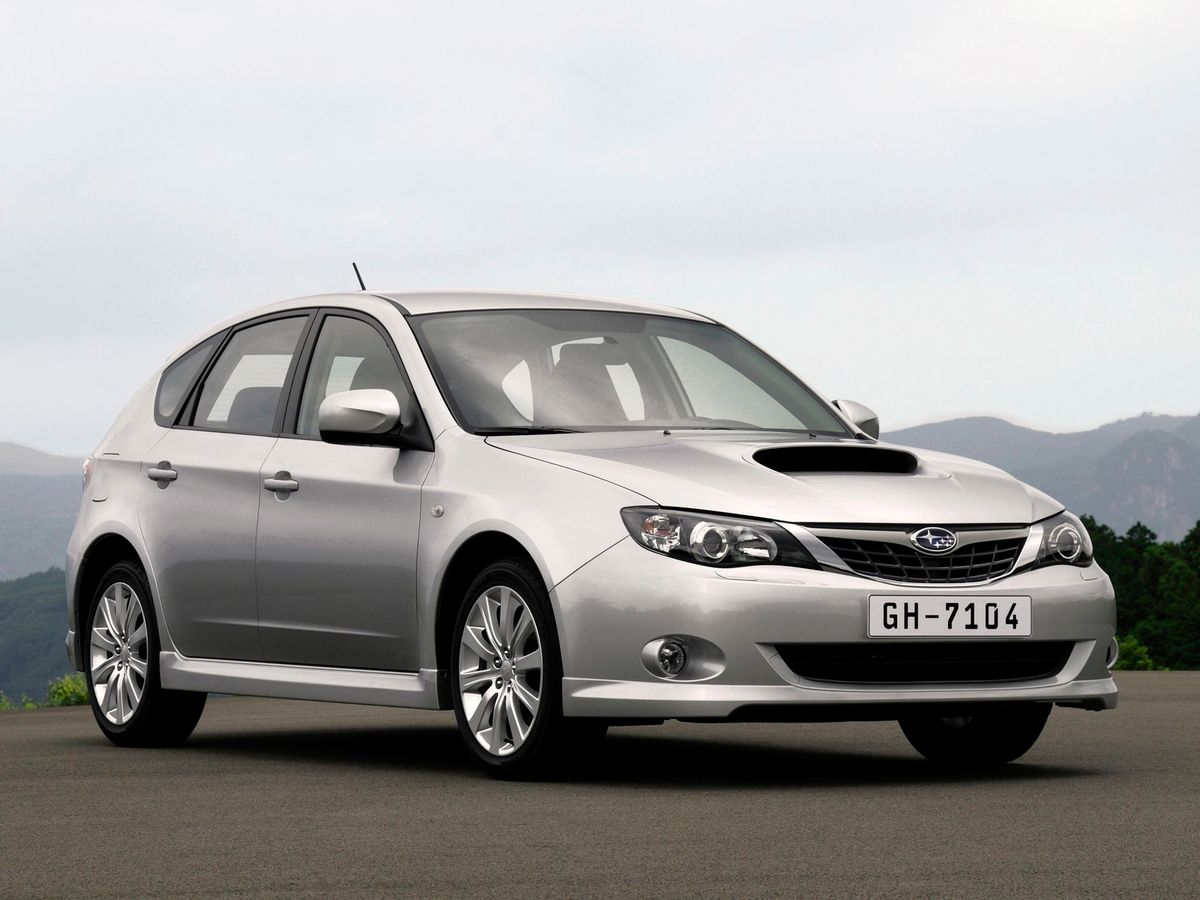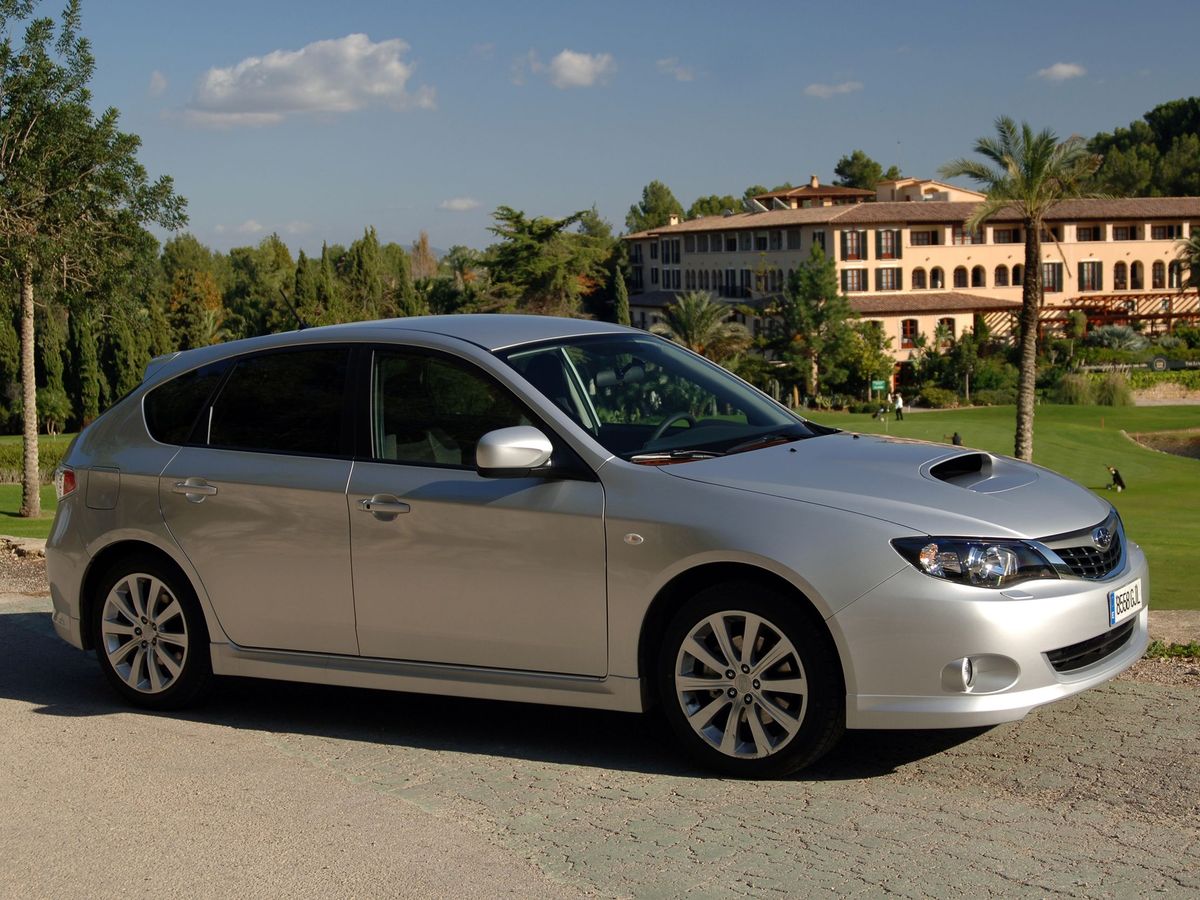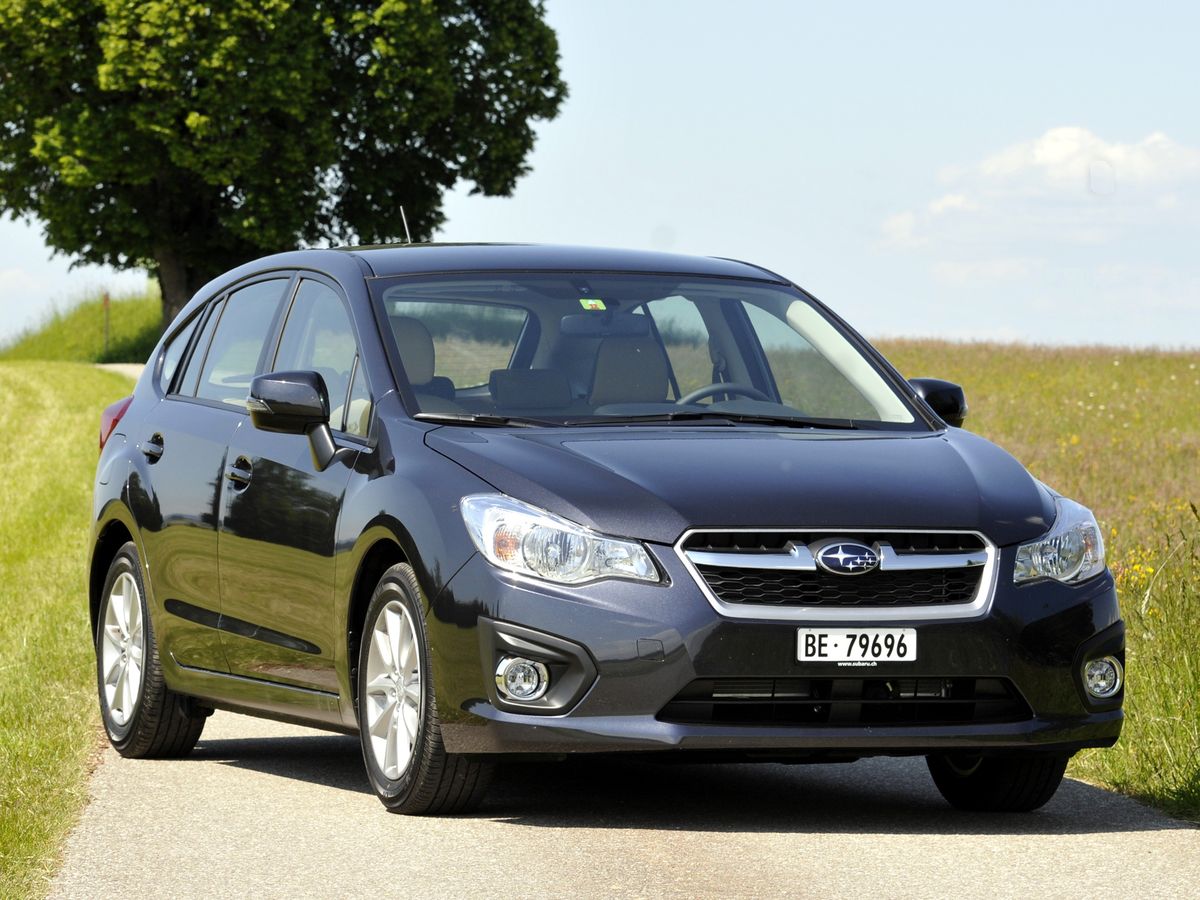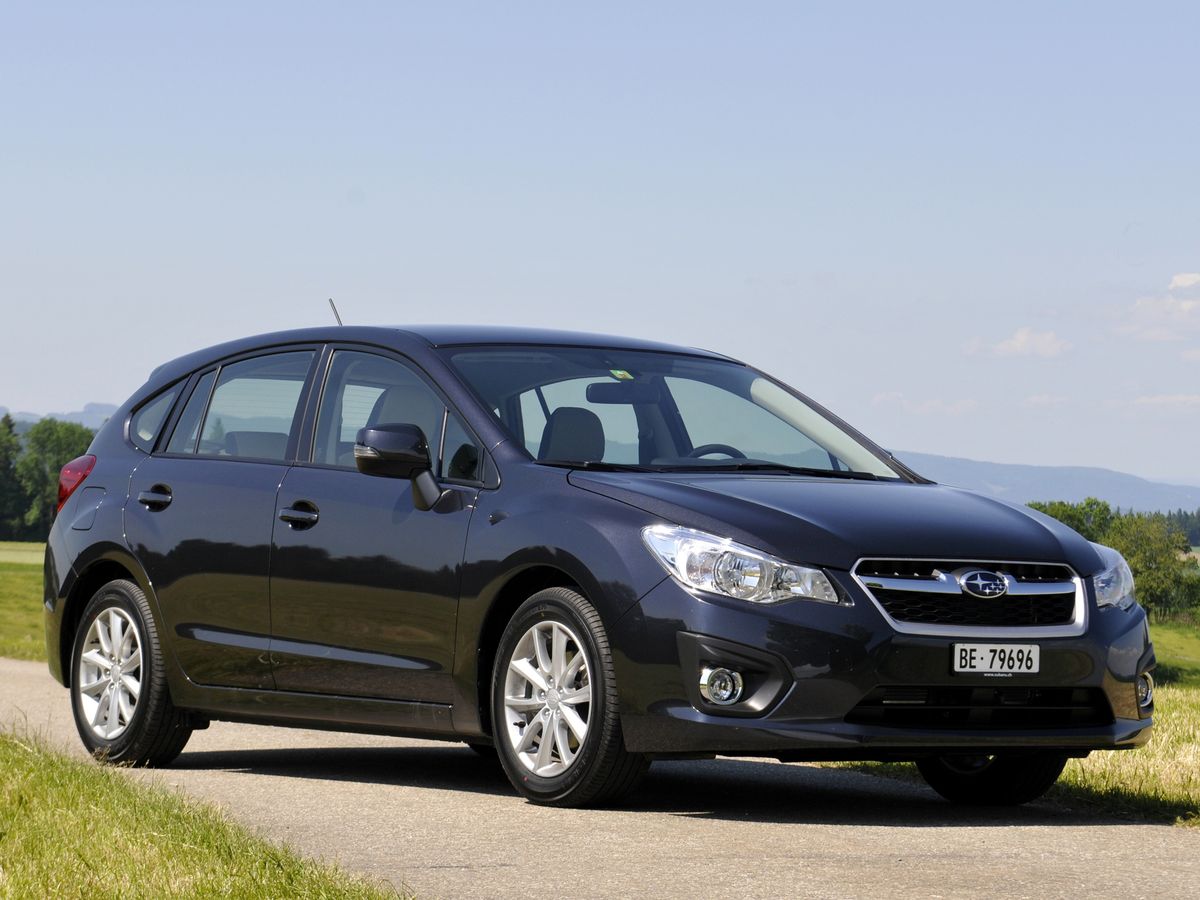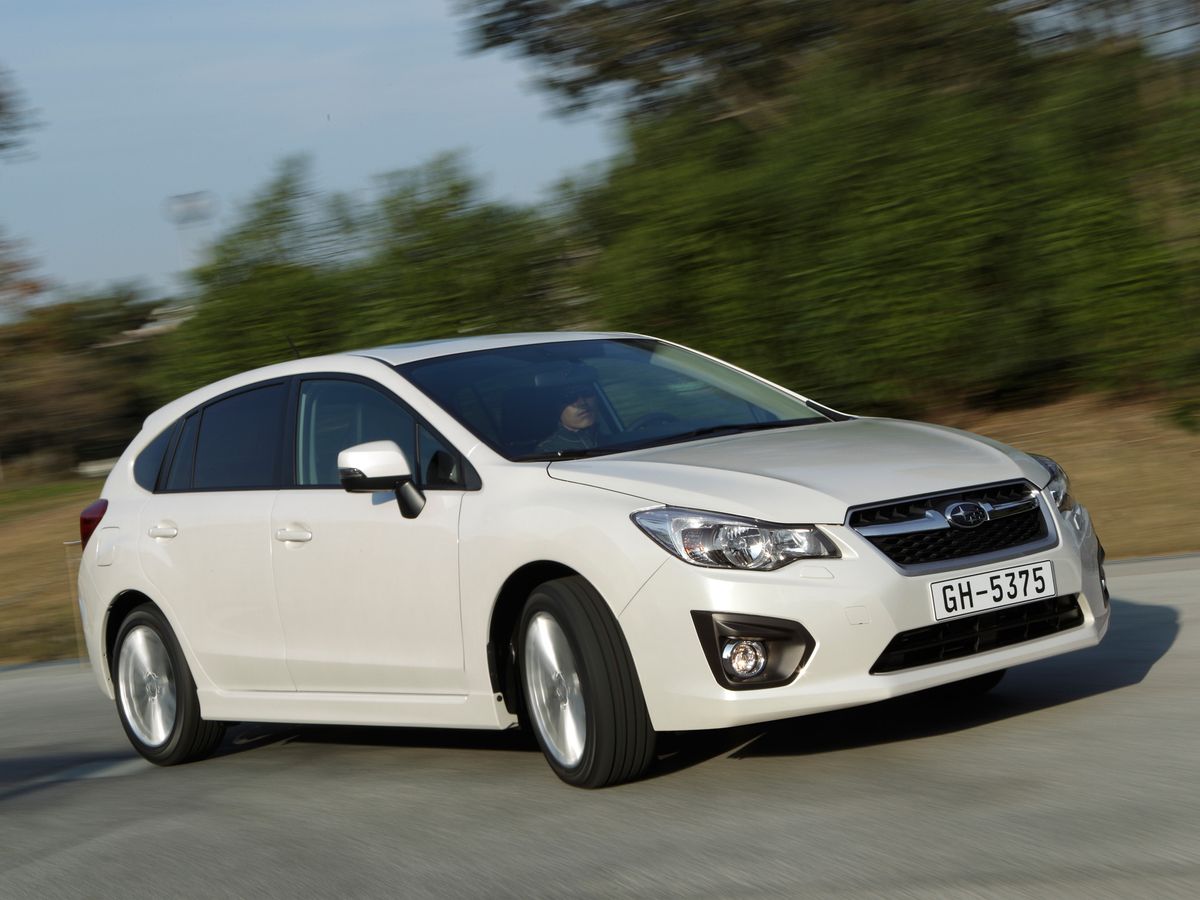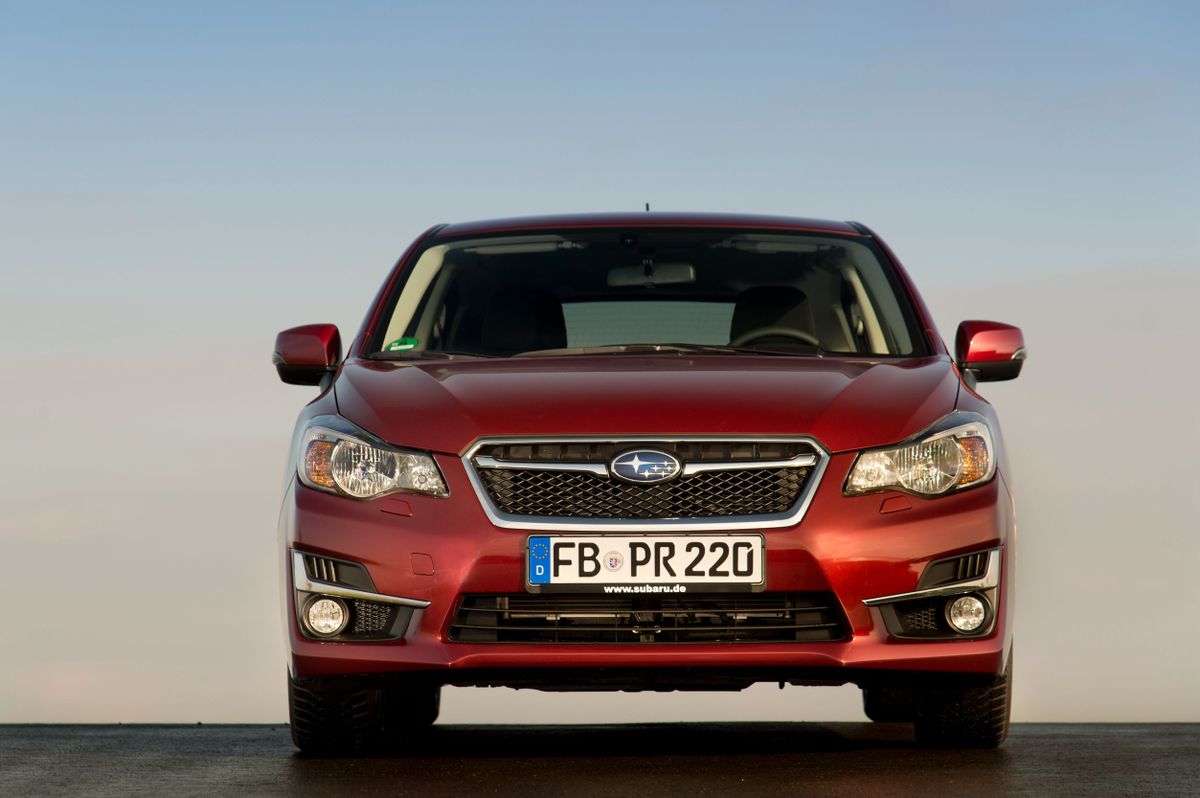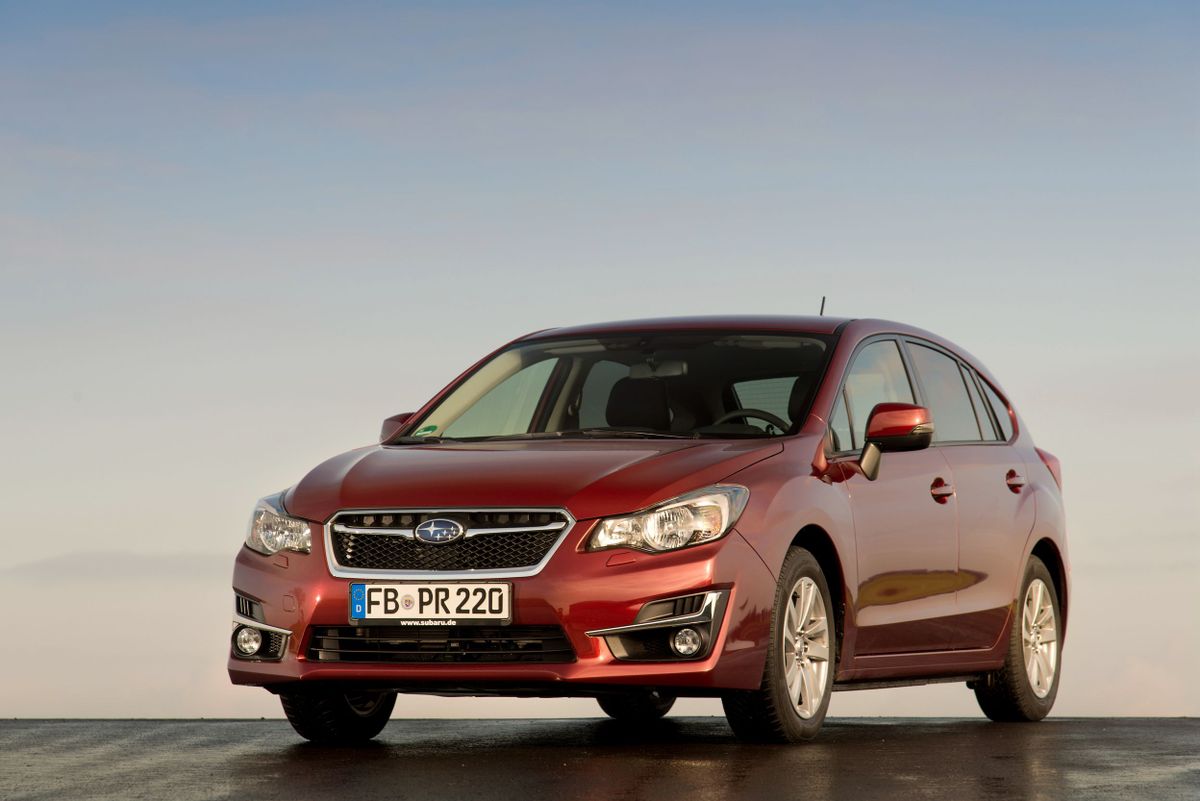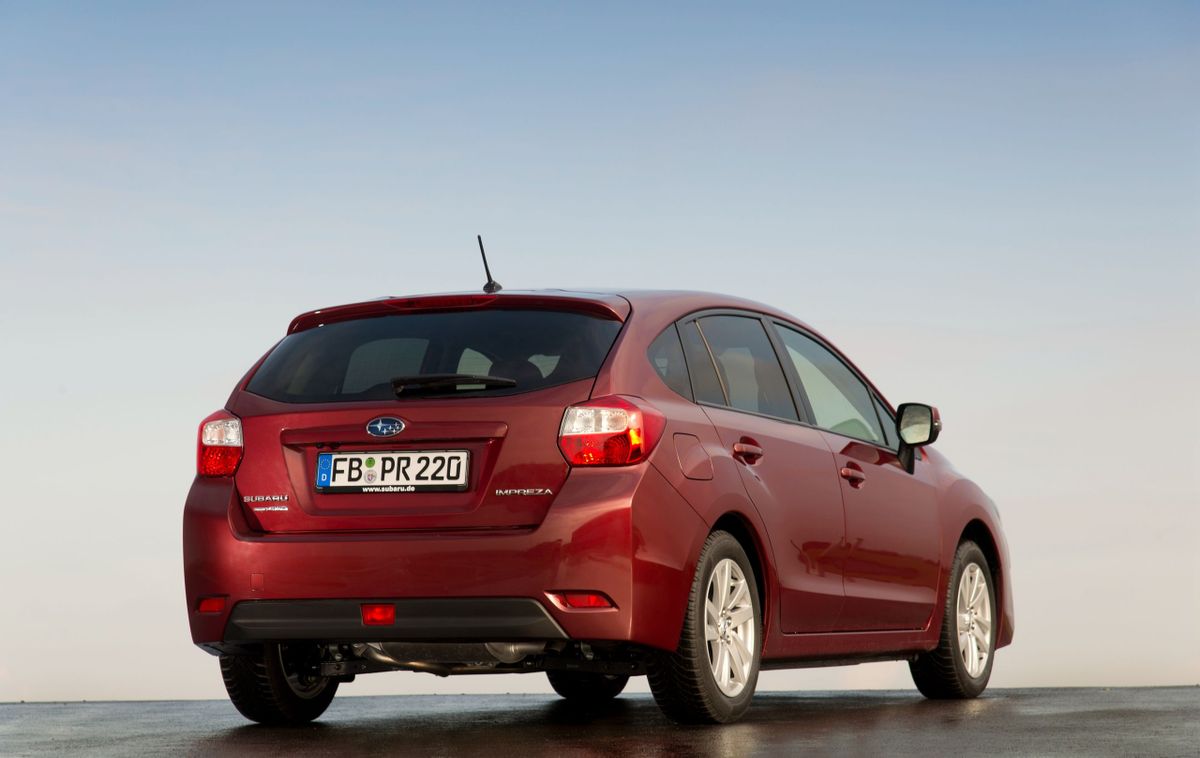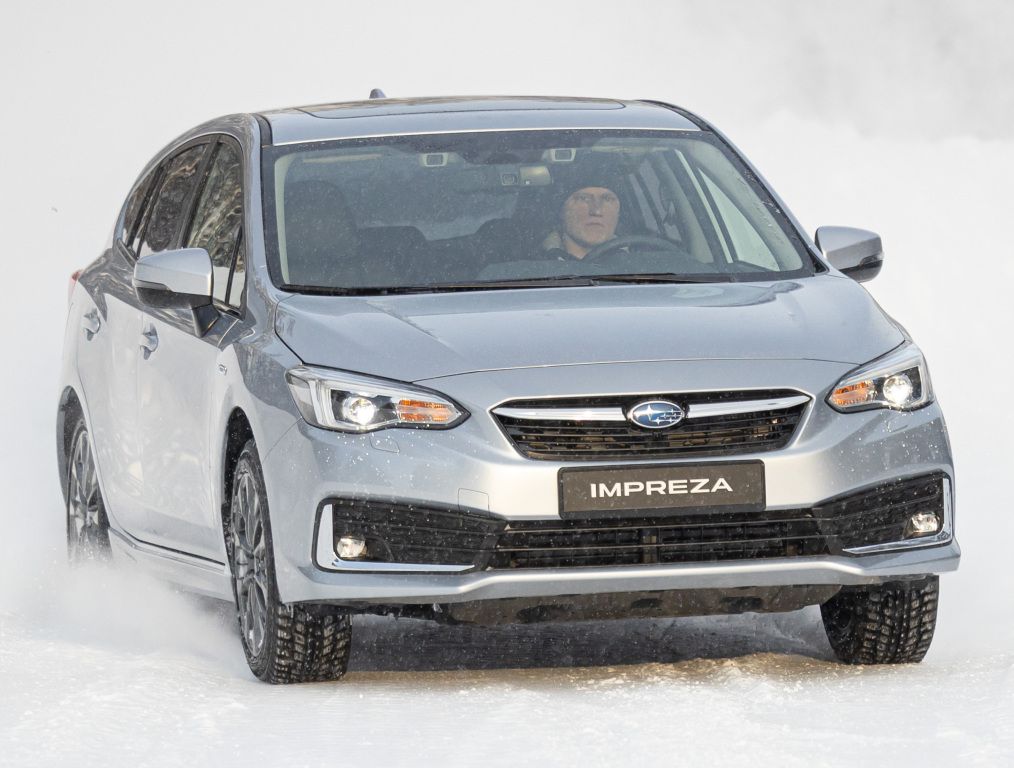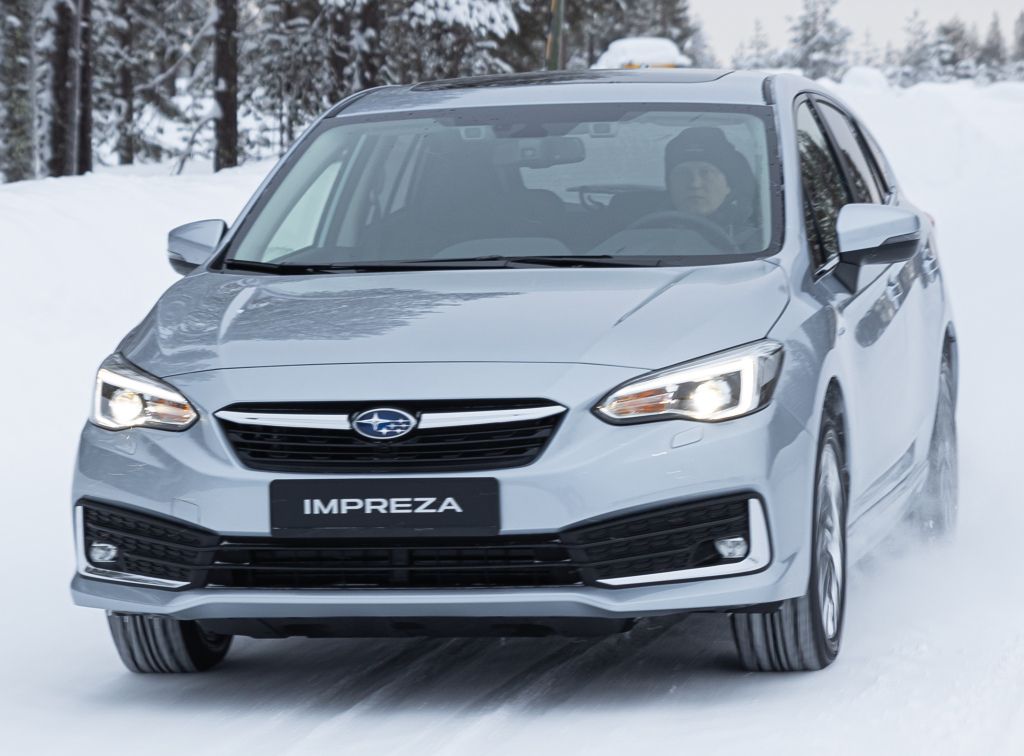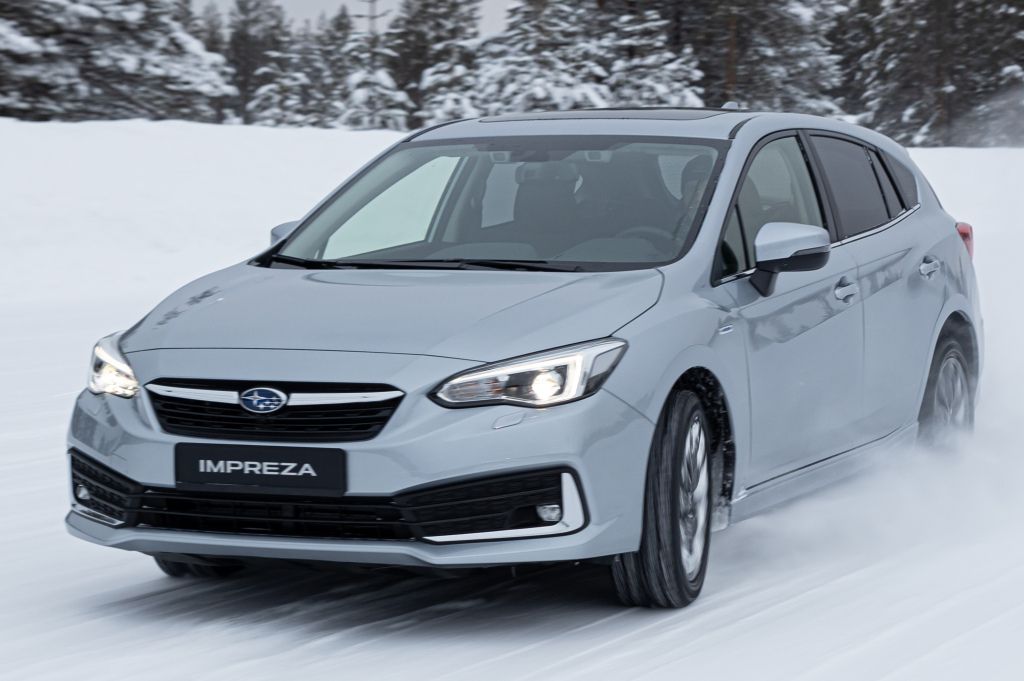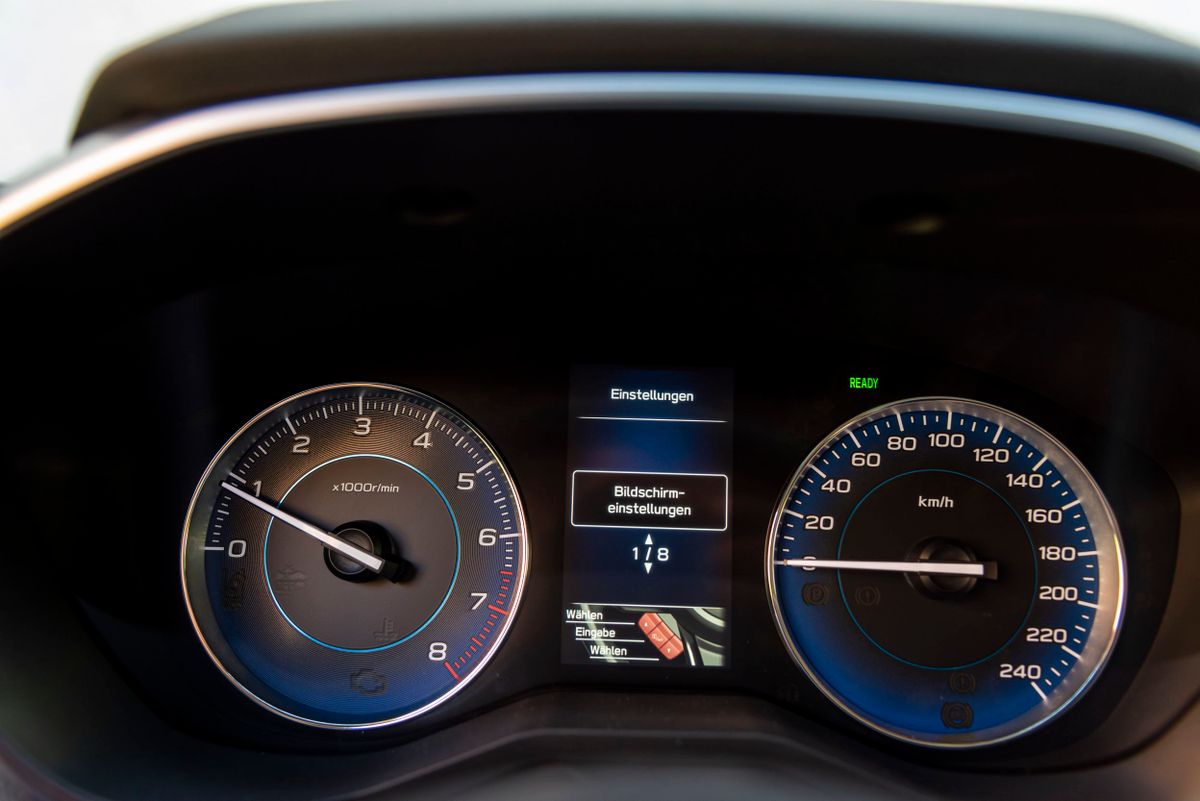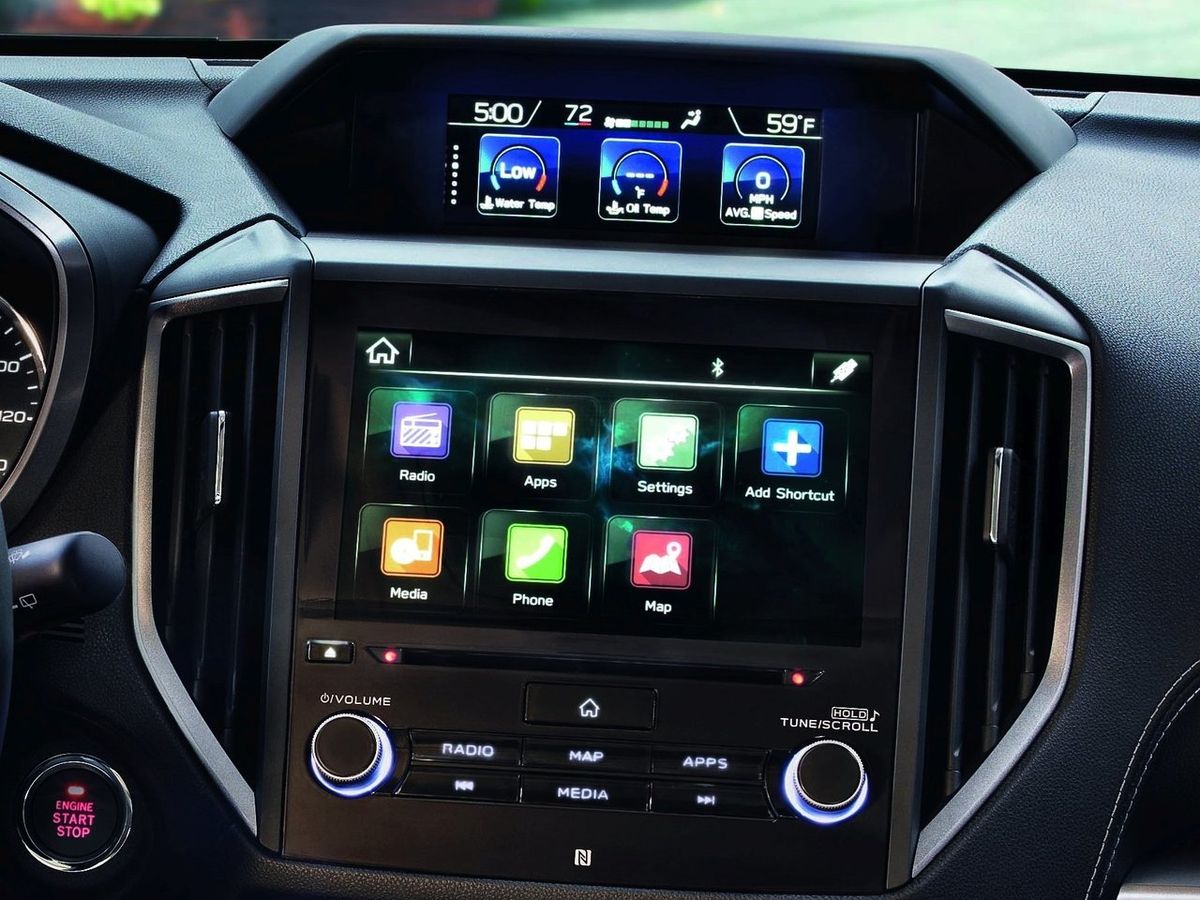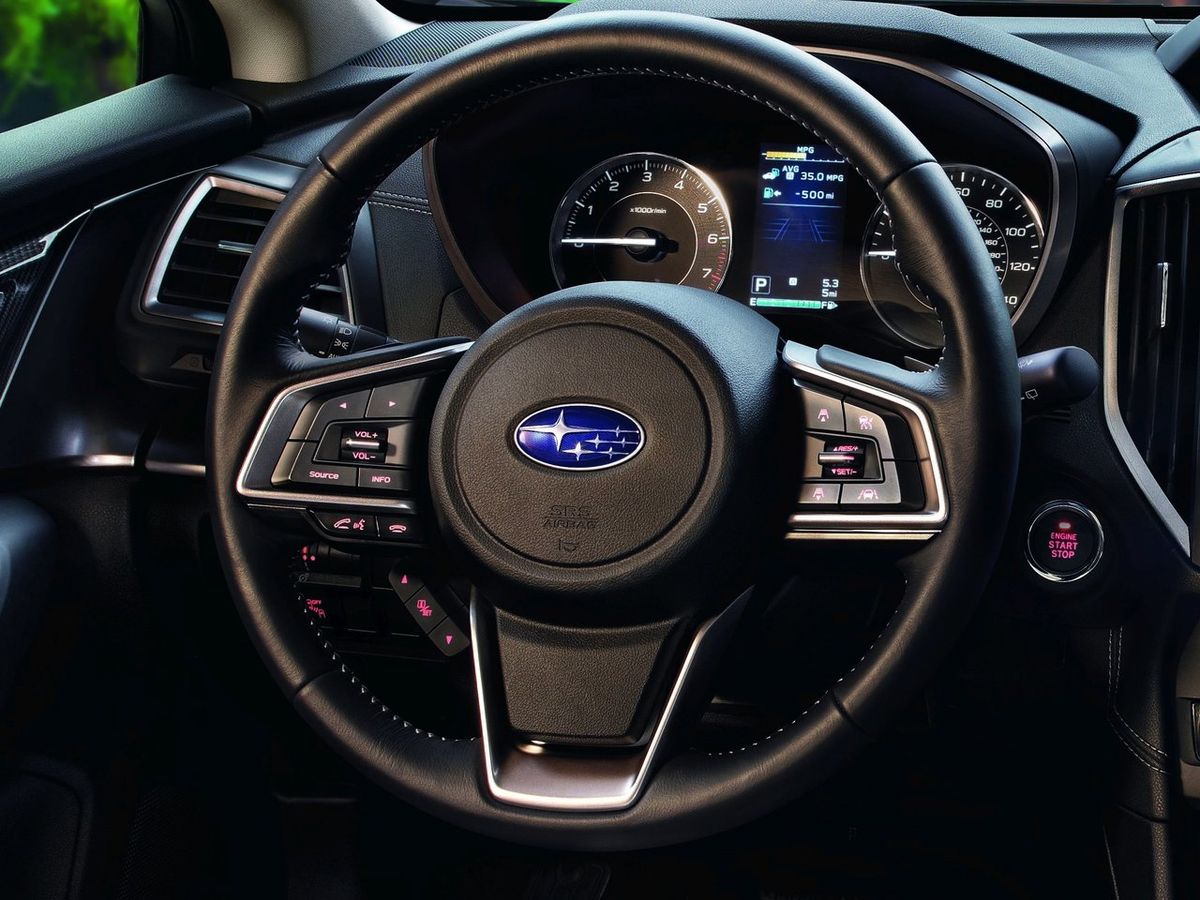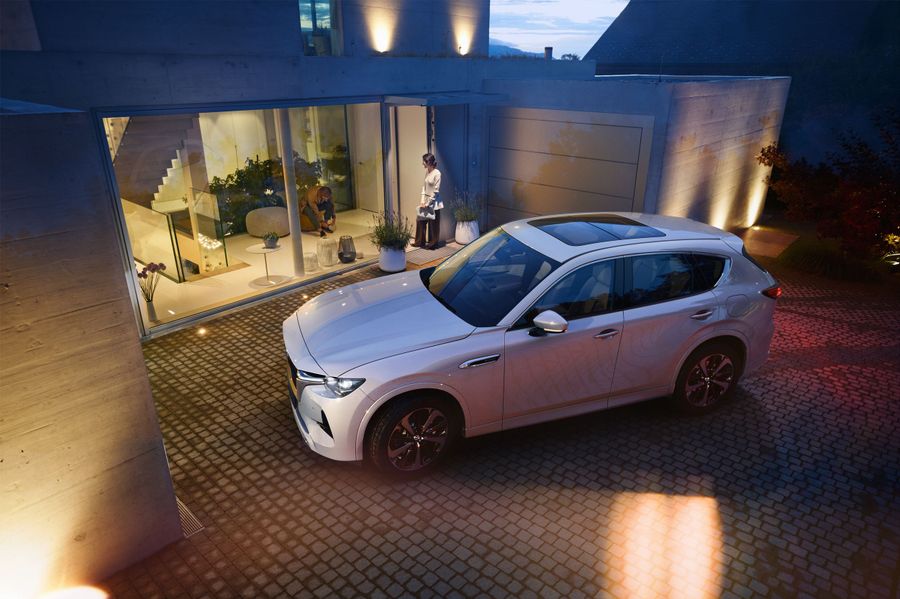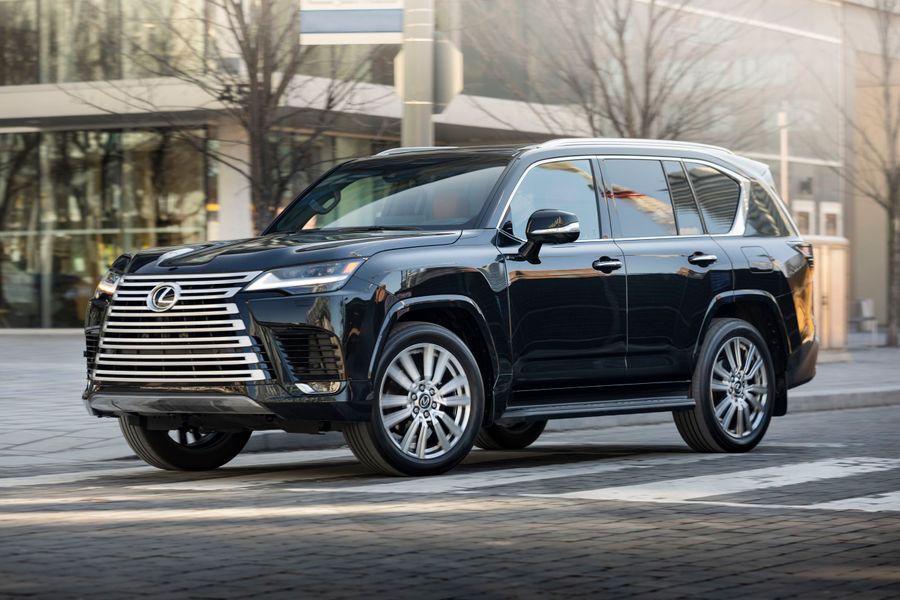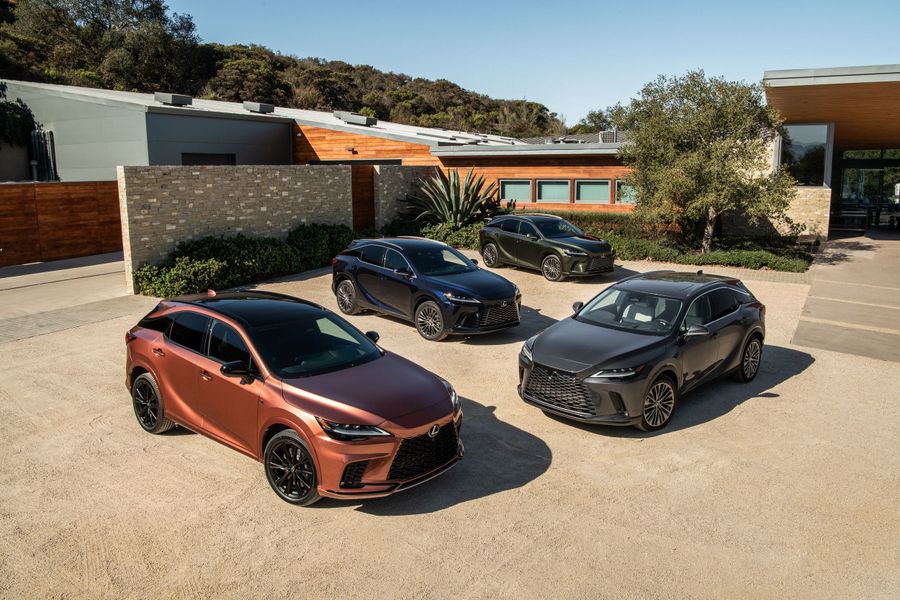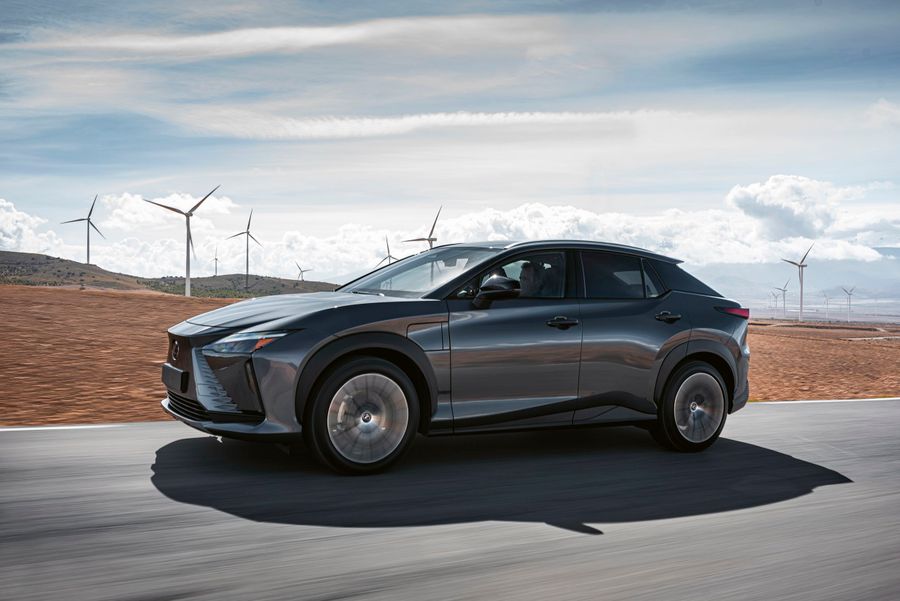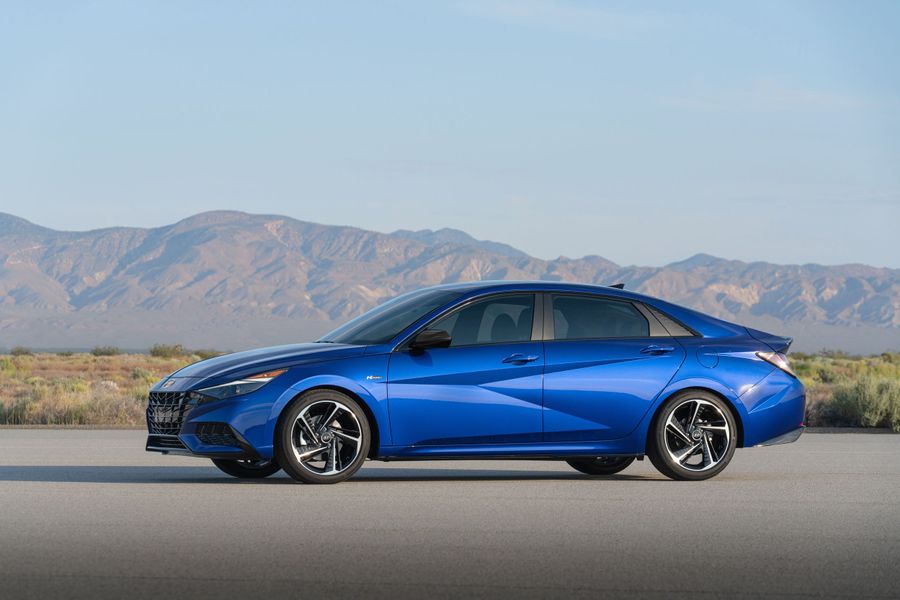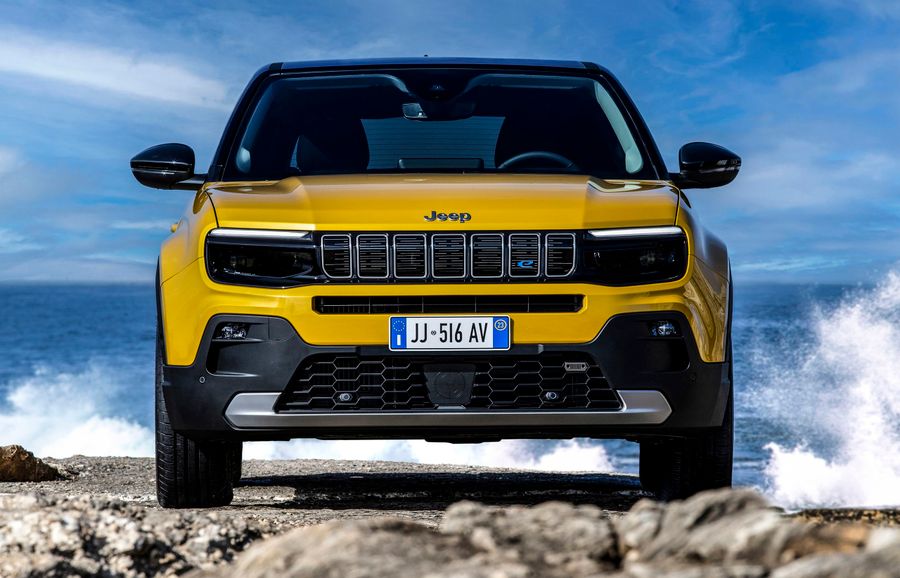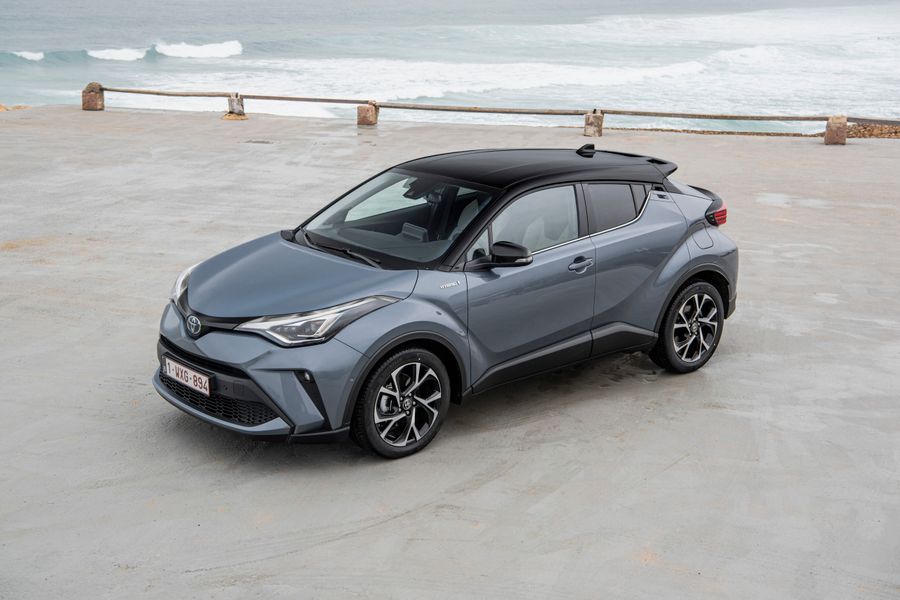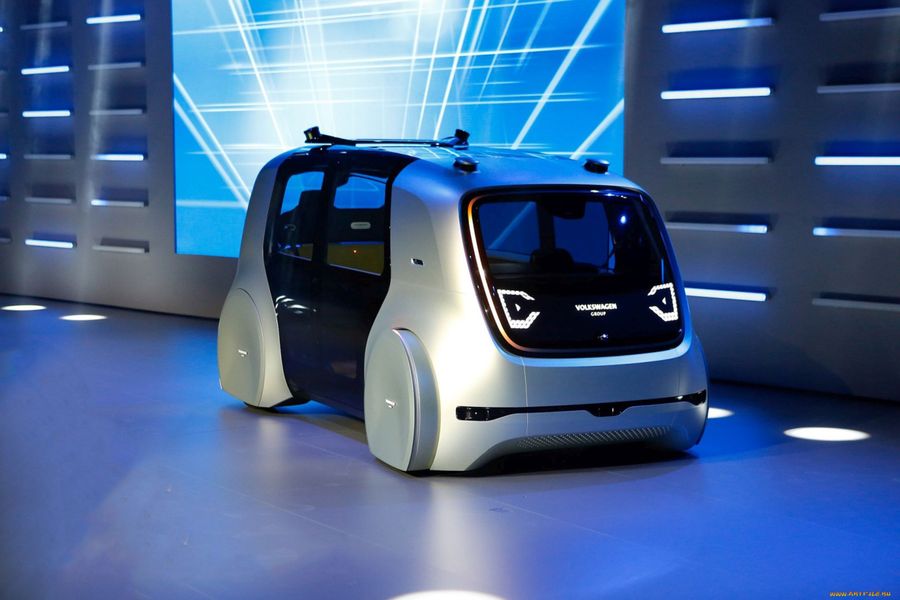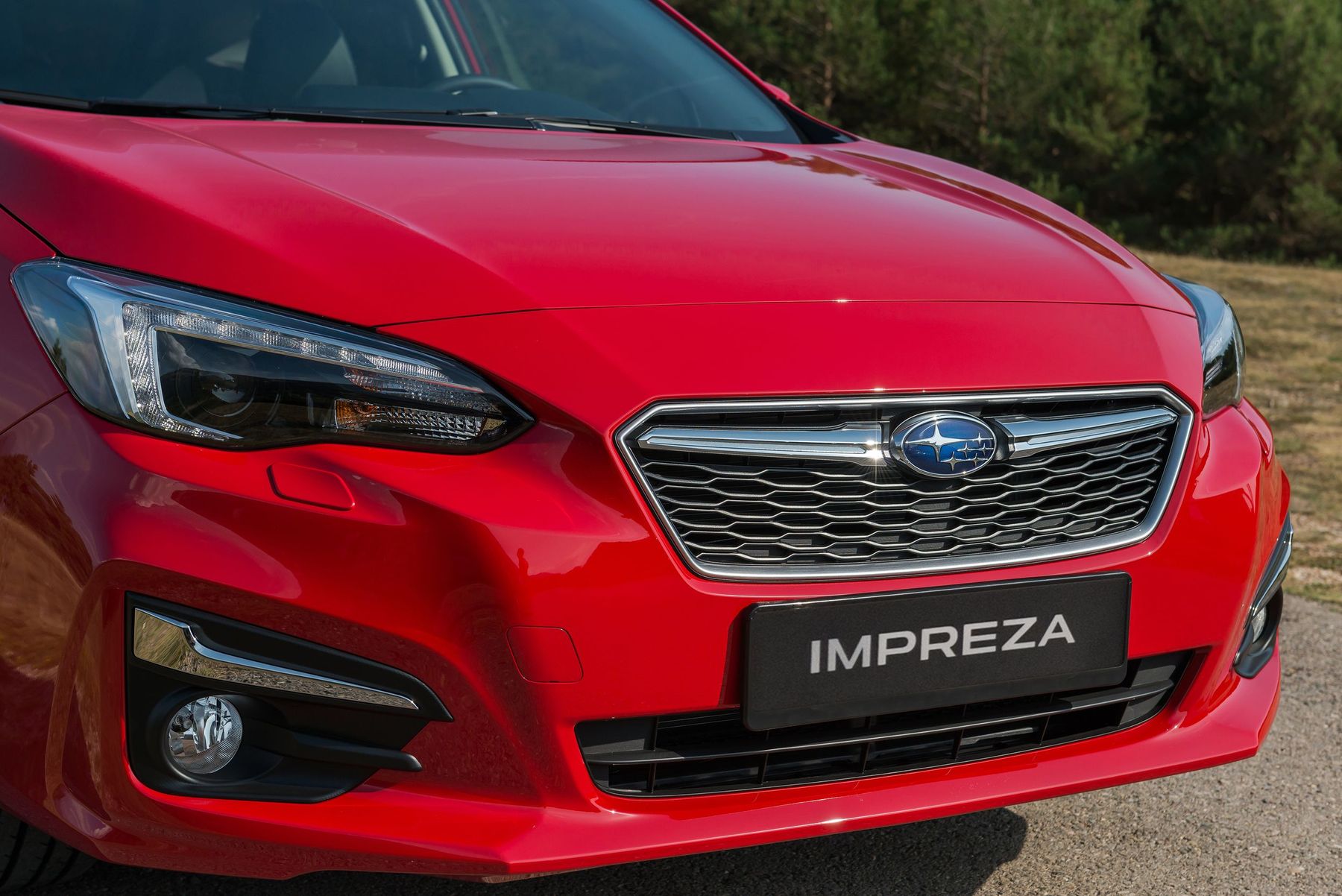
Japanese. Impressive. Iconic
The Subaru Impreza is a compact car produced by Subaru (Japan) from 1992 to the present day. The world is already familiar with five generations of the model, which were produced mainly in sedan and five-door hatchback bodies. Israeli buyers can purchase the fifth generation Impreza after the 2019 restyling (as of 2021). The car is equipped with a fuel-efficient 1.6 l engine and a CVT with seven ‘fake’ gears.
The Impreza is one of the company’s iconic models. The main features were and remain the horizontally opposed engine, low center of mass, ideal weight distribution, providing high stability and excellent steering response.
The first generation
It was produced from 1992 to 2000. The first Subaru Impreza became a real hit in the Japanese car market. The car was produced as a sedan and a five-door hatchback, which Subaru preferred to call an estate, and the cars were practically the same, except for the rear of the passenger compartment and the body. Later, the company started producing a coupe (from 1994 to 1996).
The cars were equipped with 1.5, 1.6 and 1.8 liter engines and fully satisfied the needs of people who wanted a car for family use. More dynamic versions were equipped with a two-liter engine producing 135-155 hp. At the same time, the manufacturer developed the famous Impreza WRX.
The first Impreza had independent all-wheel suspension: the MacPherson struts in front and a multi-link suspension at the rear. The transmissions were represented by a 5-speed manual transmission or a 4-speed automatic transmission. A significant part of the modifications had permanent all-wheel drive and limited slip differential, while some models were equipped with front-wheel drive. The brand’s traditional boxer engines helped minimize body roll due to the car’s low center of gravity. All this, including the suspension settings, encouraged active sports driving. After all, since its birth, the Subaru Impreza has been positioned as a car with a ‘sporty character’. In September 1996, the sedan and estate were restyled, and in that form they were produced until July 2000.
The second generation
It was produced from 2000 to 2007, while its restyling took place twice: in 2002 and 2005. The second Impreza was completely renewed. After analyzing the first experience, the developers equipped the cars with different engines. The basic engine was a 1.5-liter engine (100 and 110 hp), while the 2-liter engines produced 125 or 150 hp (depending on the country of sale). There were both all-wheel drive and front-wheel drive versions. For some time, the sedan participated in rally competitions, and the estate had a role of a production car of this brand. It had a comfortable trunk with a wide opening, which could transform into a flat floor for carrying long items, as well as such options as xenon headlights, climate control, etc.
The suspension of the second Subaru Impreza was well-designed, providing excellent driving performance and excellent steering response. The ground clearance was more than sufficient for a city car, amounting to 150-155 mm, and the utmost attention was paid to safety: two (optionally four) airbags, ABS (anti-lock braking system), EBD (electronic brake force distribution), Brake Assist (auxiliary braking system).
The Impreza sedan could boast of high-quality materials in the passenger compartment, excellent running characteristics and steering response, new chassis design and engine settings. Plus, in 2004, the cars started being equipped with climate control systems.
The third generation
It was produced from 2007 to 2012. The third generation five-door Impreza turned from an estate into a hatchback. The car acquired a new chassis, body, engine, and an improved symmetrical all-wheel drive system. The wheelbase became 90 mm larger, and the trunk was one of the most spacious in its class. The Impreza was equipped with horizontally opposed engines: a 1.5 liter engine (110 hp) or a 2 liter engine (140 hp) and a 2-liter turbocharged engine (250 hp, maximum torque of 333 Nm was achieved at 2,400 rpm).
As usual, the car was offered with a 4-speed automatic transmission or 5-speed manual transmission. Both front and all-wheel drive versions were available. That generation received the highest scores in crash safety tests due to its sophisticated body structure. The list of active systems included: ABS with EBD, Break Assist, electronic stability control, traction control.
The fourth generation
It was produced from 2011 to 2016, while its restyling took place in 2014. The fourth generation of the popular Impreza family was available in two bodies. The engines were the same, but the manual transmission coexisted only with a 1.6-liter engine, and a 2-liter engine was paired with a CVT. The car had a different multimedia and navigation unit, as well as more color options for the seat upholstery. Both the sedan and the hatchback with both powertrains were all-wheel and front-wheel drive.
The fourth Impreza retained almost the same size as the previous generation, but became lighter and more fuel-efficient. The hatchback’s trunk volume was small: 380 liters versus 460 liters for the sedan, but with the rear row seats folded down, it was possible to get a maximum of 1,483 liters of cargo space. New generation engines and better aerodynamic characteristics improved the environmental performance of the Subaru Impreza. A car equipped with a CVT was able to travel up to 20 km consuming one liter of fuel.
The suspension of the fourth generation cars was not conceptually changed and provided excellent steering response and comfortable traveling. The new generation had a significantly wider range of equipment, for example, the EyeSight system, which was an intelligent active cruise control system using stereoscopic cameras, with the help of which the electronics could efficiently detect any danger and stop the car. In 2014, the car underwent restyling and was produced until September 2016.
The fifth generation
It has been produced from 2016 to the present, while its restyling took place in 2019 (as of 2021). The new Subaru Impreza is built on a completely new modular Subaru Global Platform. It is characterized by an even lower center of gravity (it has moved 5 mm lower) and increased resistance to torsion of the body. At the same time, the mass of the car has practically not changed. The body has become bigger, thus its width and height have grown by 41 and 38 mm, respectively, and the wheelbase has grown by 25 mm. The height has decreased slightly by 10 mm. The wheelbase is 2,670 mm. The minimum turning radius is 5.3 meters. As usual, the cat is available as a sedan and a hatchback.
Traditionally for this brand, the car is equipped with flat four-cylinder engines that work in conjunction with an all-wheel drive system. More powerful versions of the Subaru Impreza are equipped with a two-liter FB20 engine. It has been modernized in many respects, while the maximum output has increased from 148 to 154 hp. The engine works in combination with a CVT, which has a manual shift mode with seven fixed gears. The younger versions are equipped with a 1.6-liter FB16 engine, which produces a maximum of 115 hp and 148 Nm. Both fuel-efficient units are equipped with a direct fuel injection system, a new generation of active valve control Dual AVCS, and a start-stop system. Depending on the engine and the type of drive, gasoline consumption in the combined cycle is 5.5-6 liters per 100 km.
The new Subaru Impreza is equipped with the latest infotainment system that works with Apple CarPlay and Android Auto. An eight-inch (top-end) screen is installed on the center console, another display is located at the top, providing more complete information, and analog instruments in front of the driver complement the multi-information display of the on-board computer. The tunnel, comprising the gearbox selector, features an electronic parking brake button.
The advanced EyeSight system, installed on all the Impreza versions, includes many features: adaptive cruise control, automatic emergency braking, lane keep assist, blind spot monitoring and automatic reverse braking. In expensive trim levels, the car also has LED headlights that change position depending on the steering wheel turn. The list of equipment includes Vehicle Dynamics Control (VDC), which is basic for all cars, and the optional Active Torque Vectoring system. In addition to a complete set of airbags, all cars are equipped with a pedestrian airbag.


